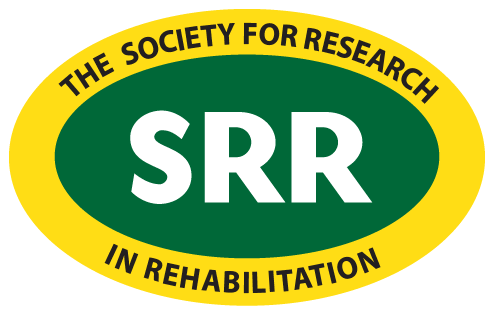Research
Qualitative Research Abstracts
GUIDANCE ON SUBMISSION OF QUALITATIVE RESEARCH ABSTRACTS
General guidance
Authors should refer to the general information and guidelines contained in the Society’s “Guidance for Submission of Abstracts”. The general guidance therein applies to qualitative research abstracts. This includes the maximum permitted limit of 250 words, and the instruction that abstracts should be structured. In keeping with all submissions to the Society, subsequent presentation must reflect and elaborate on the abstract. Research studies or findings not referred to in the abstract should not be presented.
This document contains specific guidance on the content of qualitative research abstracts.
How guidance on content is to be applied by authors and Council.
Council recognises that the nature of qualitative research makes its comprehensive communication within short abstracts a challenge. Therefore, whilst the key areas to be included within abstracts are set out below, it is recognised that emphasis on each area will vary in different cases, and that not every listed sub-area will be covered. Certain elements are likely to receive greater attention at the time of presentation than within the abstract. In particular, presentation of the paper should include sufficient empirical data to allow judgement of the conclusions drawn.
Content of abstracts
- Research question/objective and design: clear statement of the research question/objective and its relevance. Methodological or theoretical perspectives should be clearly outlined.
- Population and sampling: who the subjects were and what sampling strategies were used .
- Methods of data collection: clear exposition of data collection: access, selection, method of collection, type of data, relationship of researcher to subjects/setting (what data were collected, from where/whom, by whom)
- Data analysis: clear exposition of analytic process. Clear definitions of concepts, categories and themes , how these were developed and how they relate to data
- Quality of data and analysis: strategies to enhance quality of data analysis e.g. triangulation, respondent validation; and to enhance validity e.g. attention to negative cases, consideration of alternative explanations, team analysis, peer review panels
- Findings: overview of important findings, moving towards interpretation rather than simple summaries of themes where possible e.g. by linking to theory
- Application of critical thinking to analysis: attention to the influence of the researcher on data collected and on analysis. Critical approach to the status of data collected
- Theoretical and empirical context: evidence that design and analysis take into account and add to previous knowledge
- Conclusions: justified in relation to data collected, sufficient original data presented to substantiate interpretations, reasoned consideration of transferability to groups/settings beyond those studied
